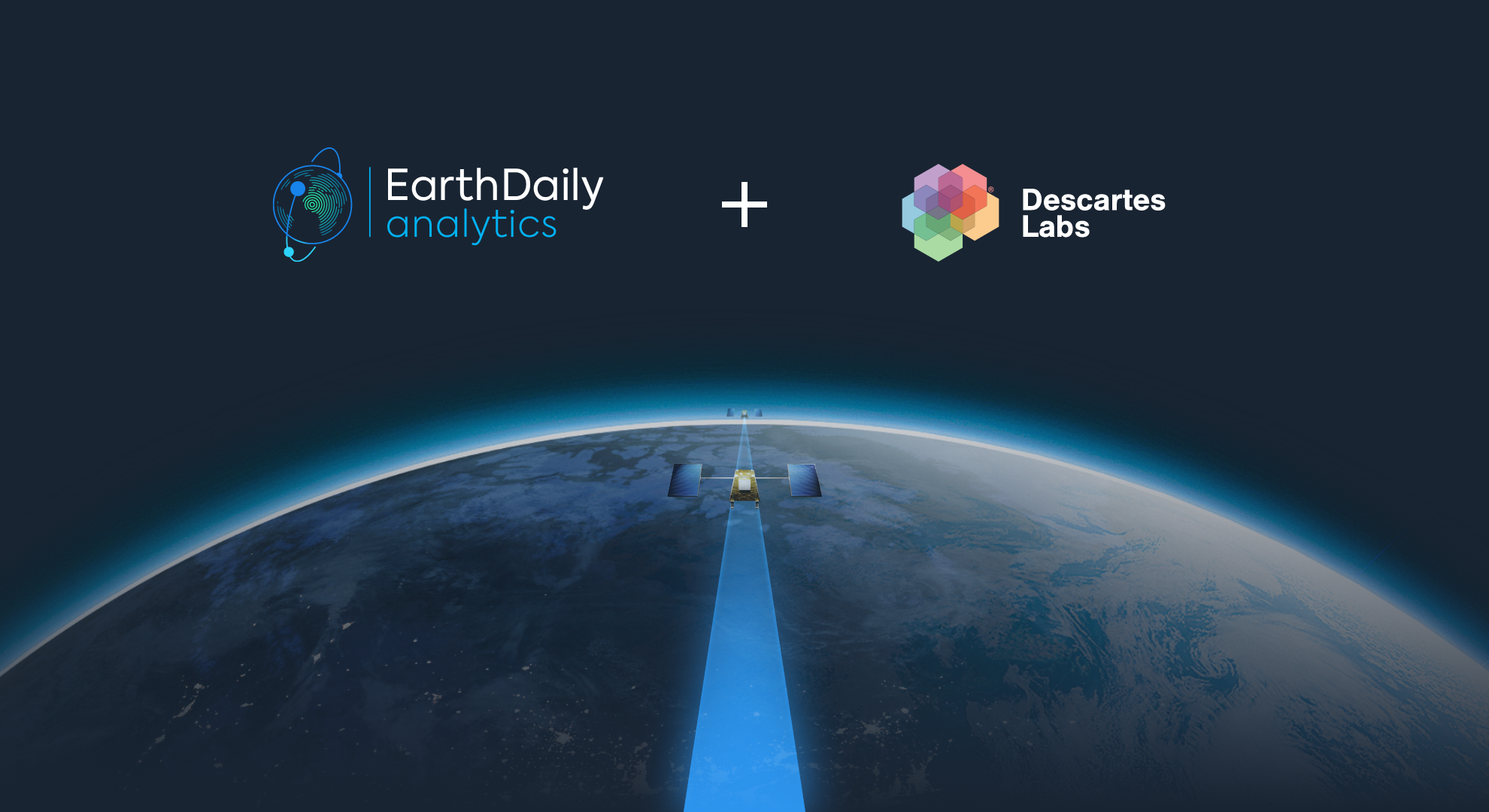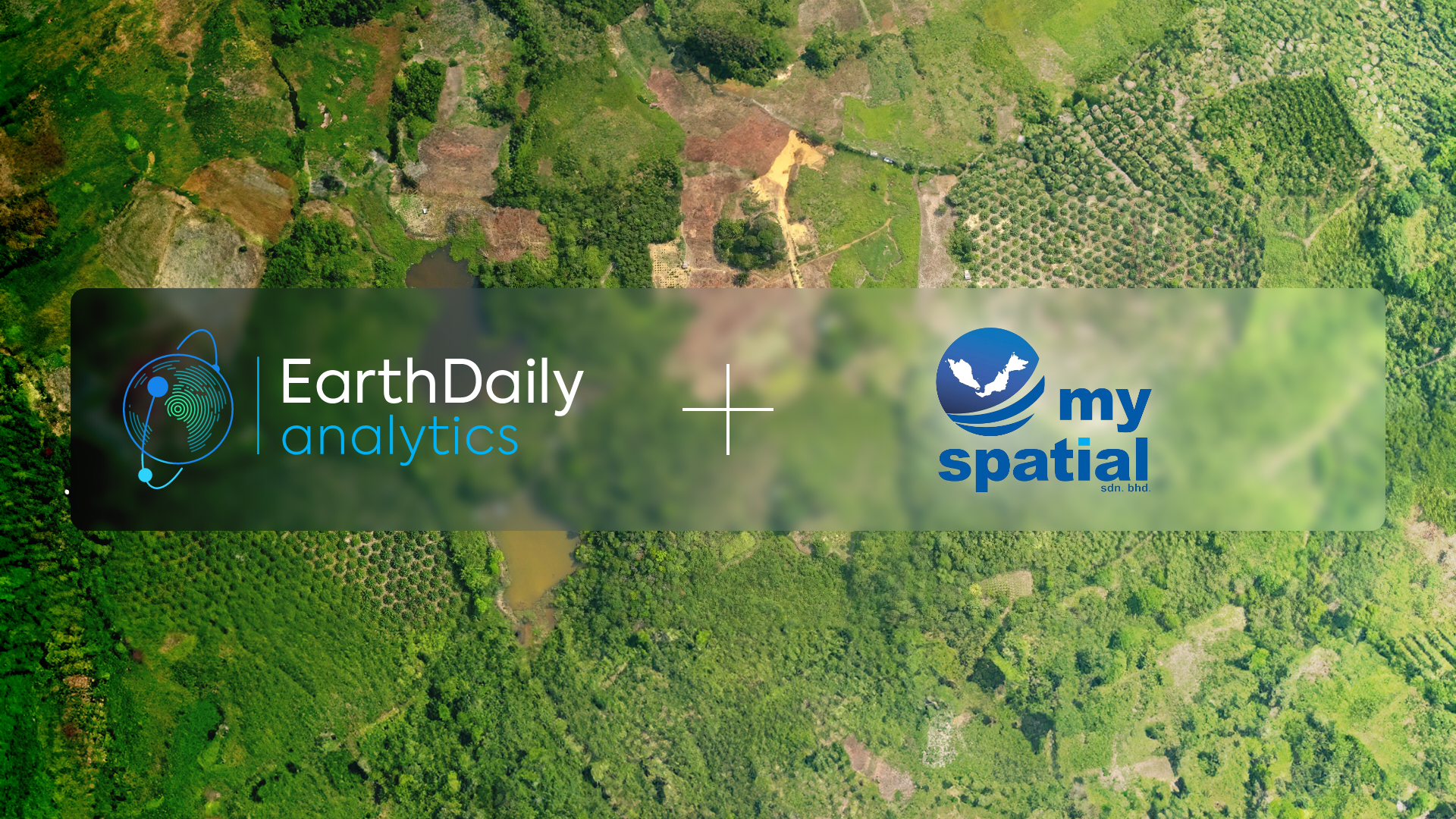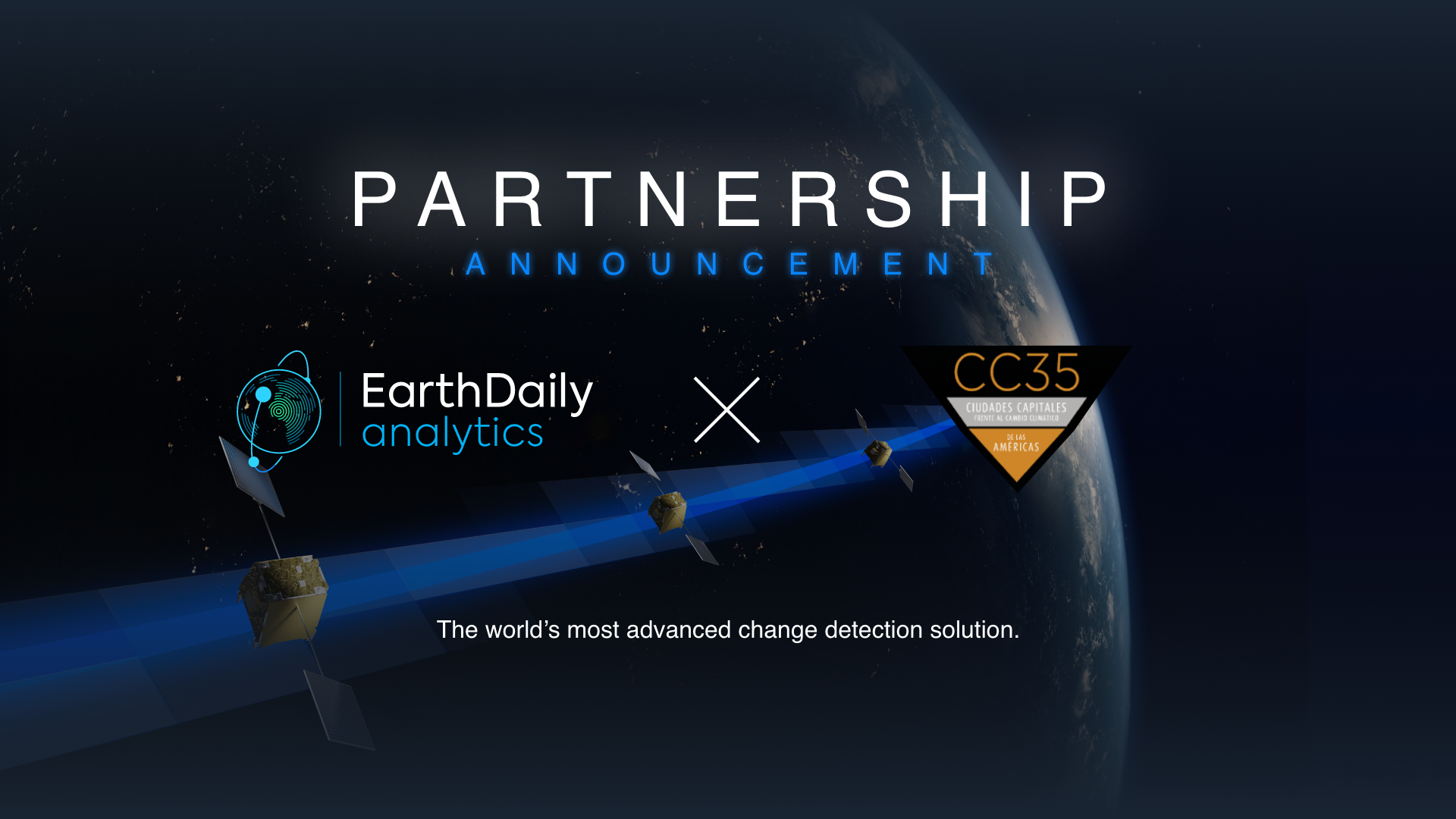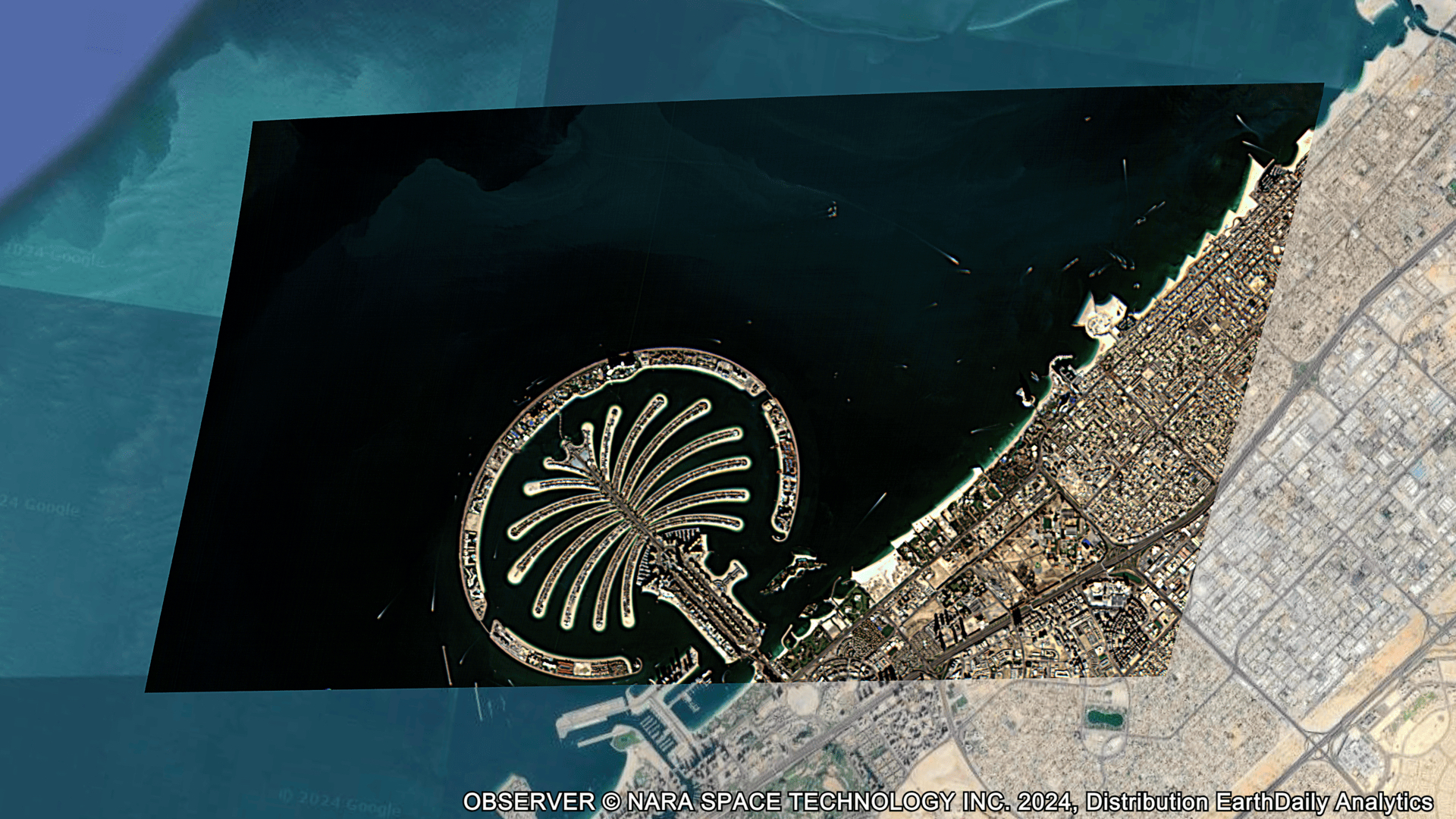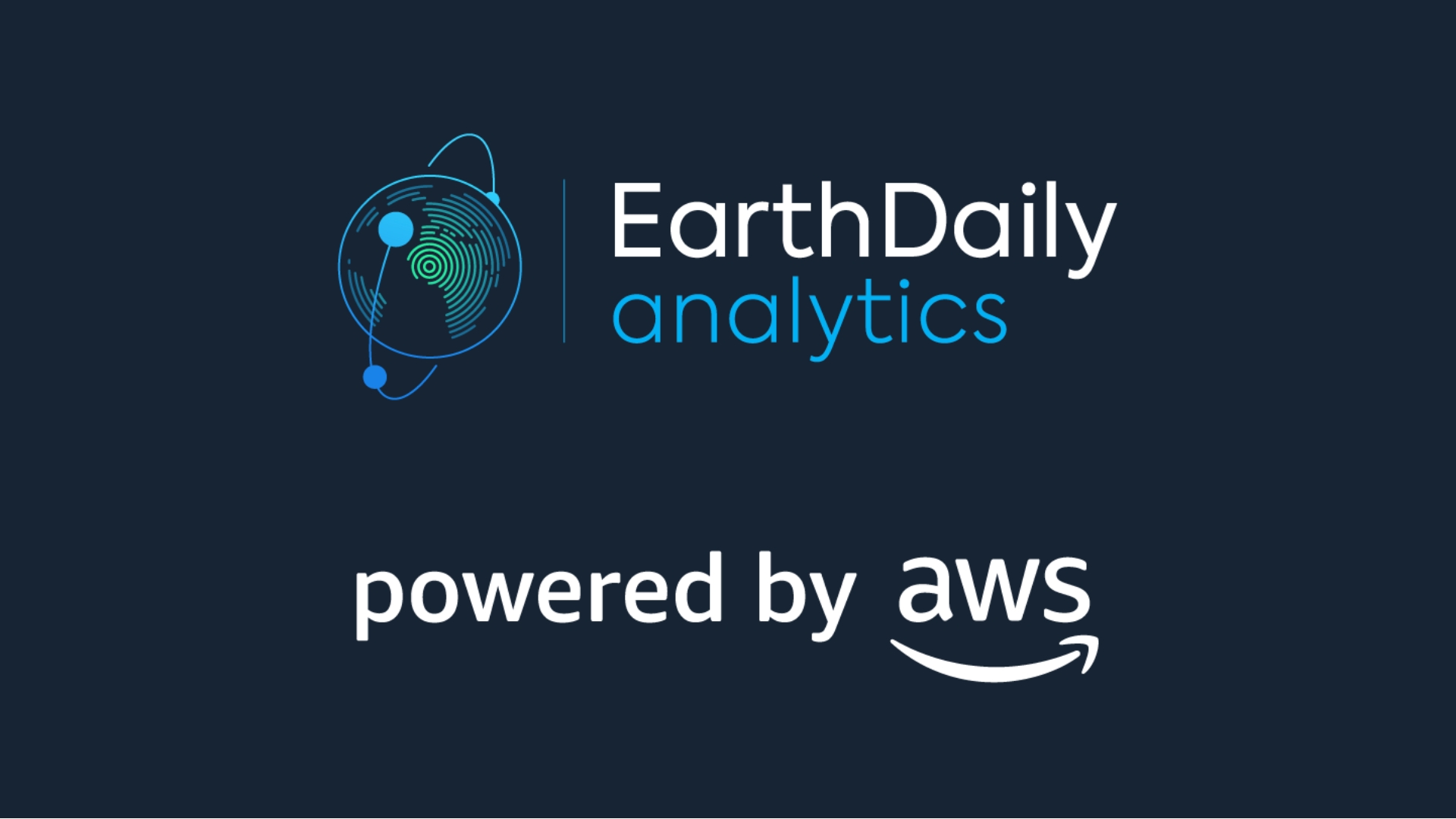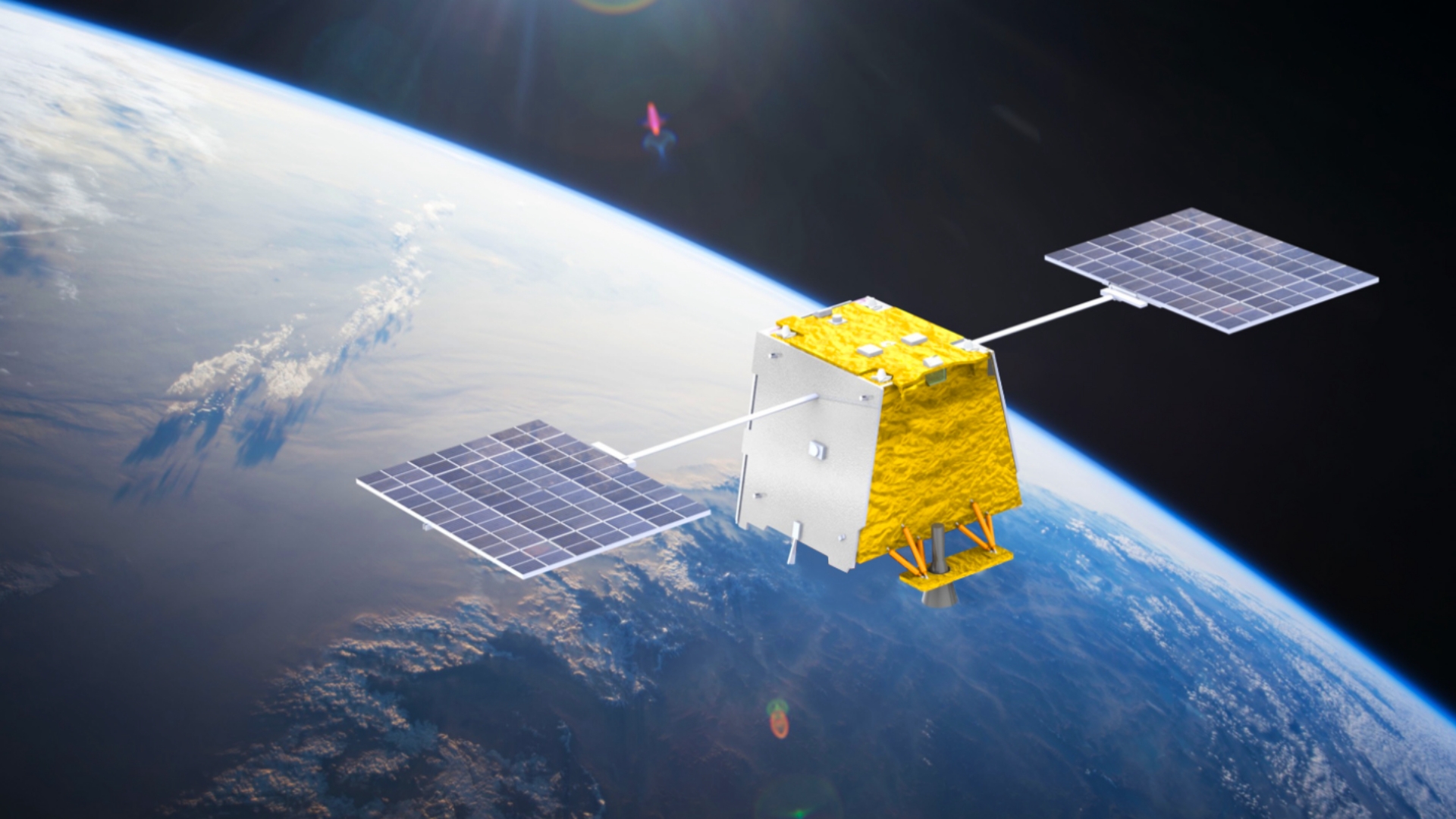EarthDaily Analytics Launches Mosaic Automation Project to Help Address Climate Change
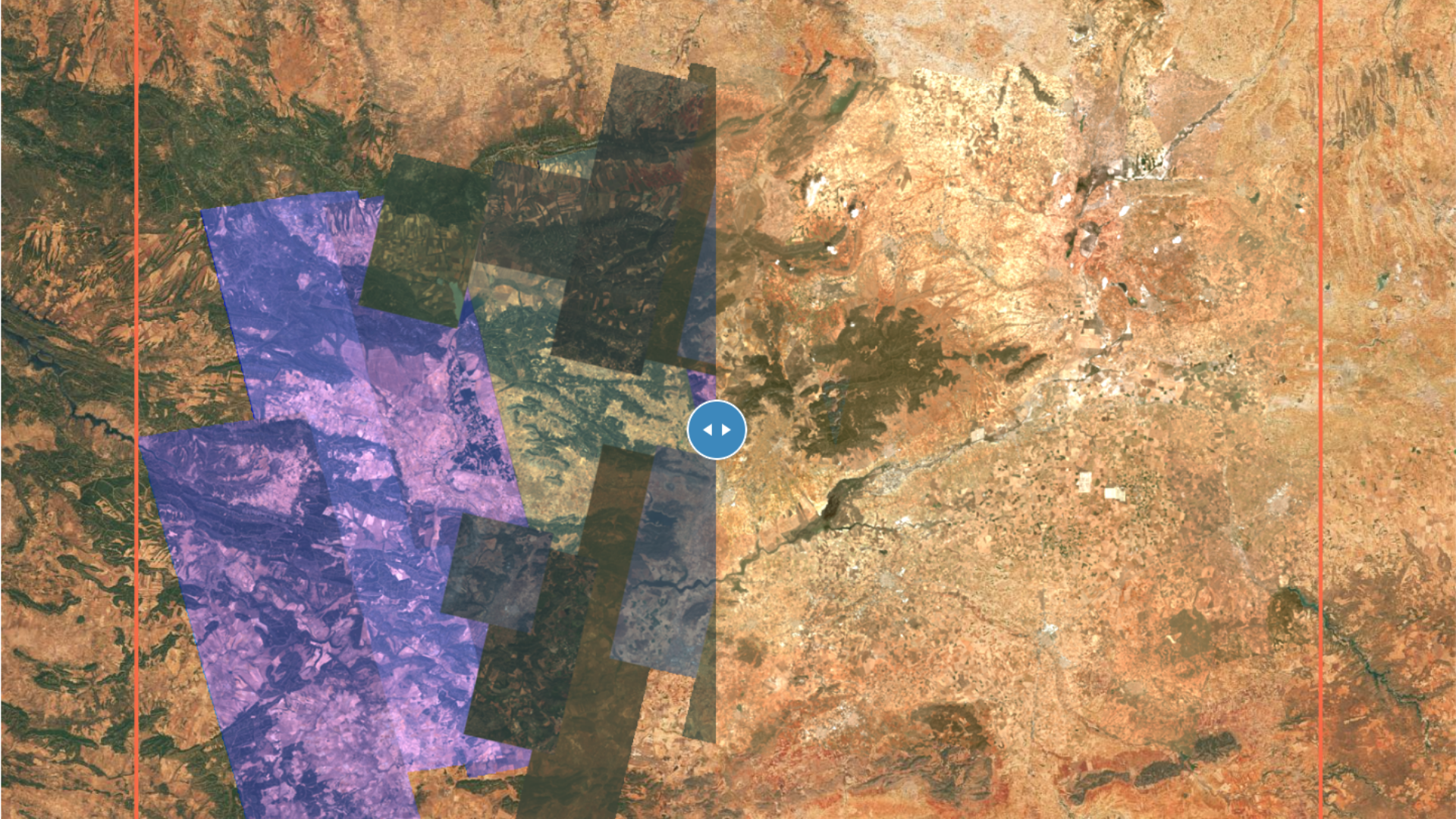
Left side: uncorrected multi-satellite imagery, Right side: seamless mosaic powered by EarthPipeline
Earlier this week, the Digital Technology Supercluster (the “Supercluster”) announced the Satellite-based Environmental Analytics project being led by EarthDaily Analytics in conjunction with Microsoft, BC Parks Foundation, University of Victoria (UVIC), Hatfield Consultants, BGC Engineering, and Environment and Climate Change Canada. Our team is thrilled to engage in this project which aims to supply a new type of mosaic that gives users what they need – geolocation and radiometric accuracy, faster delivery, and high-quality imagery for larger areas – to help organizations across the spectrum enhance their work in global climate mitigation and environmental stewardship.
What is a mosaic?
In the world of satellite imagery, mosaics are large collections of overlapping satellite images and data that are merged to create one larger image. You use mosaics anytime you use tools such as Google Earth. Mosaics can be divided into three quality tiers:
- Low – spatially merging the data with little consideration for geometric or radiometric differences (visible quilt-like appearance from the atmosphere and geometric errors)
- Medium – applying geometric and atmospheric corrections
- High – considering the geometric and radiometric differences between images at the pixel level, managing these images on a pixel-by-pixel basis.
Low quality mosaics can be created with an automated process, making them more accessible but generally less reliable for accuracy. Typically, mosaics are manually or semi-automatically derived from a single or small number of sensor sources and limited by imaging frequency and area. Increasing the number of sources increases coverage but often decreases quality due to complexity. In most cases, creating a high-quality mosaic is very labor intensive, requiring a painstaking effort to identify, process, correct and integrate data using human visual processing and expertise.
Since mosaics are helpful in understanding the health of wetlands, forests and agriculture regions on a larger scale, we have set out to develop a way to automate the process for high quality mosaics with scientific accuracy in order to empower more uses with data analytics.
EarthDaily Analytics’s Analytics Ready Mosaic
The Supercluster project will support our team’s work in building an innovative service for automated high-quality Analytics Ready Mosaics (ARM). ARM is being designed for the emerging market of AI-based Earth observation (EO) analytics with a consortium of experts and end-users who understand product needs.
ARM is created by automatically correcting for geolocation discrepancies, addressing radiometric differences, applying radiometric balancing, atmospherically correcting, and cloud removal. EarthPipeline – our technology designed to generate Analytics Ready Data products from all types of satellites – is going to power ARM. Organizations will use ARM as a tool for environmental monitoring and stewardship at varying degrees of technical sophistication.
The goal of ARM is to make mosaics more scientifically relevant. By going beyond simply visualizable imagery and ensuring the quality of the data within the mosaic, we can empower analytics. This will allow users to use mosaics for change detection – which is especially important for monitoring climate change activities.
Since the ARM product will be built on the Azure cloud platform, there is anticipated future efforts in optimizing multi-cloud interfaces, particularly in data flows and customer delivery. The launch of EarthDaily will also bring further optimization to ARM as the daily collection of analytics-ready imagery of the entire Earth’s land mass will empower a daily, global mosaic and unlock more analytics.
Addressing Climate Change
Earth’s landscape is changing. Rapid urban development, large scale deforestation, and significant coastal and agricultural variations due to climate change are increasing pressure for good stewardship of our lands. The latest International Panel on Climate Change (IPCC) report states that land degradation is occurring on over one-quarter of Earth’s ice-free land area, impacting up to three billion people globally. Increased temperatures and resulting atmospheric conditions exacerbate natural hazards such as landslides, floods, and fires. Land degradation and natural hazards have profound consequences for our resource-based economies, local communities, infrastructure, and greater society at large. ARMs are tools to understand the landscape at scale by aggregating many satellite images into an accurate, cloud and shadow-free idealized dataset, well suited for large scale analysis of the Earth.
To learn more about the Satellite-Based Environmental Analytics project, contact us online or email wparkinson@urthecast.com.

